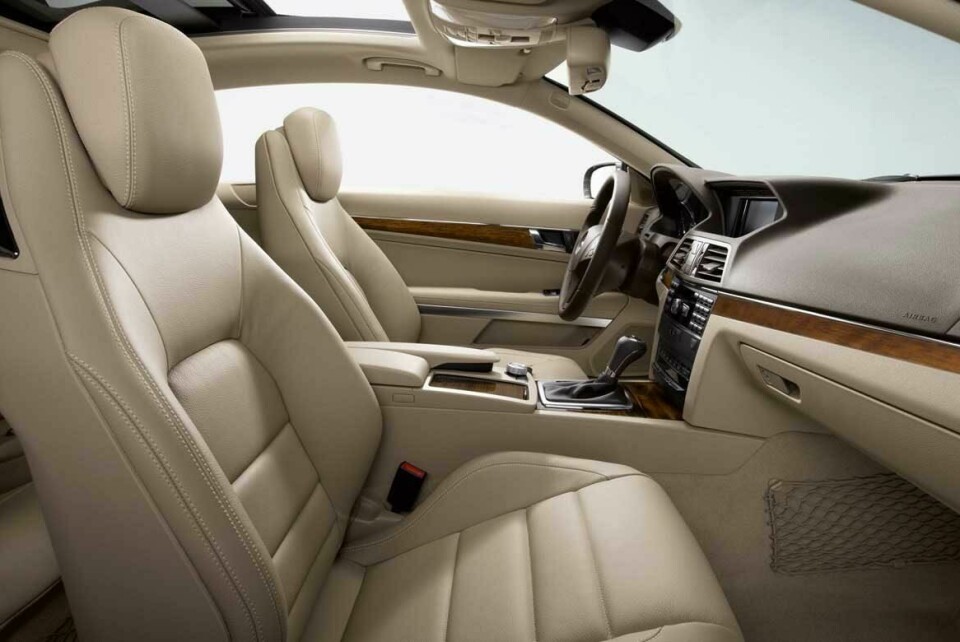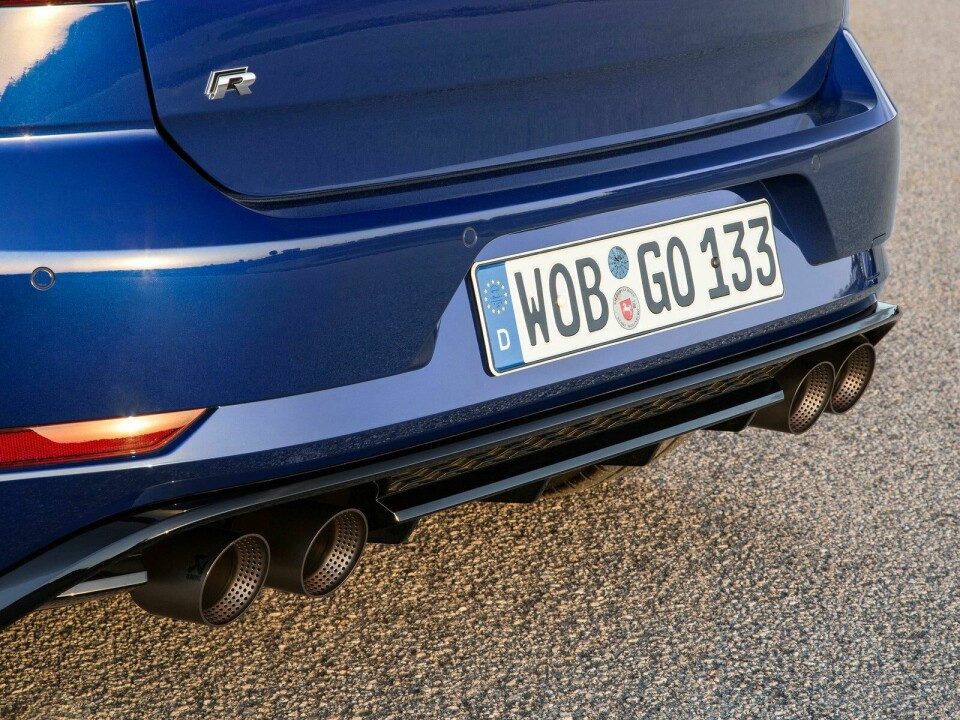
Design Essay: Are ‘Responsible’ Cars the Future?
We took a look at why a holistic view of a vehicle’s environmental and social impact is needed when developing the cars of the future
As we’re all undoubtedly aware, environmental concerns are an omnipresent topic of discussion in automotive circles today. From Dieselgate and Clean Air Zones to carbon-based taxation and the much-vaunted rise of the EV, when we talk about cars, we invariably talk about green issues too.
What is striking nonetheless, is that these discussions are often rather one-dimensional in nature, being focused almost entirely on tailpipe emissions, as opposed to taking a more holistic view of a vehicle’s environmental and social impact.
For, while the private car has long been typecast as an environmental villain, today’s mainstream green debates are far more wide-reaching, with everything from cheap flights and bargain-priced clothing to beef steaks being analysed and assessed in terms of eco credentials and social cost.
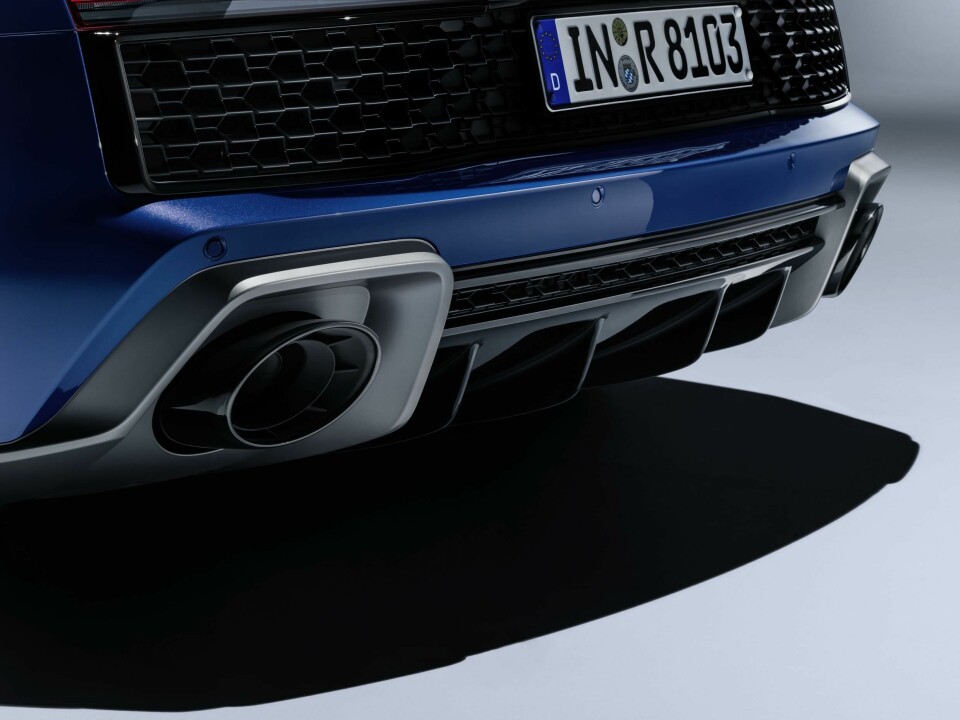
Thus, it does seem almost inevitable that tomorrow’s automobiles will be judged on a far broader range of criteria than the content of their exhaust fumes (or lack thereof). Rather than simply fitting an Adblue system (or ‘defeat device’) to ace that emissions test, the cars of the near future will probably need to become all-round ‘responsible’ products in both an environmental and ethical sense, a requirement likely to affect every stage of the design process.
How so? Well, one obvious trend today is the growing movement against meat and other animal products, particularly those requiring the slaughter of the animal in question. It’s not difficult to foresee a time when speccing a real leather interior in a new car is about as socially acceptable as chain-smoking on a hospital ward, meaning the need to find a real, credible alternative seems quite pressing.
We’ve had synthetic leather (i.e. Mercedes-Benz Artico/MB Tex) for many years of course. Furthermore, there are now an array of ‘vegan’ leather alternatives emanating from sources as unlikely as coffee and paper – the latter prompting Tesla’s promise that its upcoming Model Y will be “fully vegan”. A commendable goal, although as with blanked-off ‘grilles’ on EVs, it’s hard not to see such ‘imitation’ materials as somewhat backward-looking, even dishonest.
Far more convincing are the wool-based interiors on offer in Toyota’s Japanese market Century limousine, and latterly in Land Rover’s Velar and Evoque models. Although obviously still animal-based, their production doesn’t require bloodshed. What’s more, wool-based materials offer significant advantages over leather, such as better temperature regulation, and are simply more appealing for not pretending to be what they’re not.
Still, leather is only the start. The drive to eliminate ‘single use’ plastic products, such as drinking straws, bottles and other packaging has made headline news recently, with events such as the UK’s Glastonbury music festival going plastic-free to much fanfare. Additionally, we also appear to be witnessing the beginnings of a backlash against so called ‘fast fashion’ – ultra-low-priced clothing produced under exploitative conditions and purposefully designed for a short shelf life.

Thankfully, the motor industry isn’t known for unethical labour practices, nor is it pushing anything resembling a ‘disposable’ car (perish the thought). Still, the issue of product longevity barely registers on the automotive radar, despite research suggesting the ecological cost of manufacturing a new car can often outweigh improvements in tailpipe emissions versus long-lived older models.
Whilst in-demand clothing brand Patagonia (see gallery below) has pitched itself as the antidote to ‘fast fashion’, emphasising the longevity of its products and actively discouraging customers from disposing of serviceable older garments, car manufacturers and governments have instead pushed wasteful scrappage schemes in the name of planetary responsibility.
Clearly, extending the lifecycle of individual products seems counterintuitive in commercial terms (although Patagonia certainly hasn’t suffered), but if trends in other sectors are any indicator, this issue may, in time, become unavoidable for car manufacturers and designers.
The inherent mechanical simplicity of EVs versus traditional ICE vehicles would appear conducive to a longer usable life, additionally Fiat’s excellent Centoventi concept demonstrated the potential for a car which could be endlessly customised, modernised and upgraded over the course of its life, helping it keep up with the times.
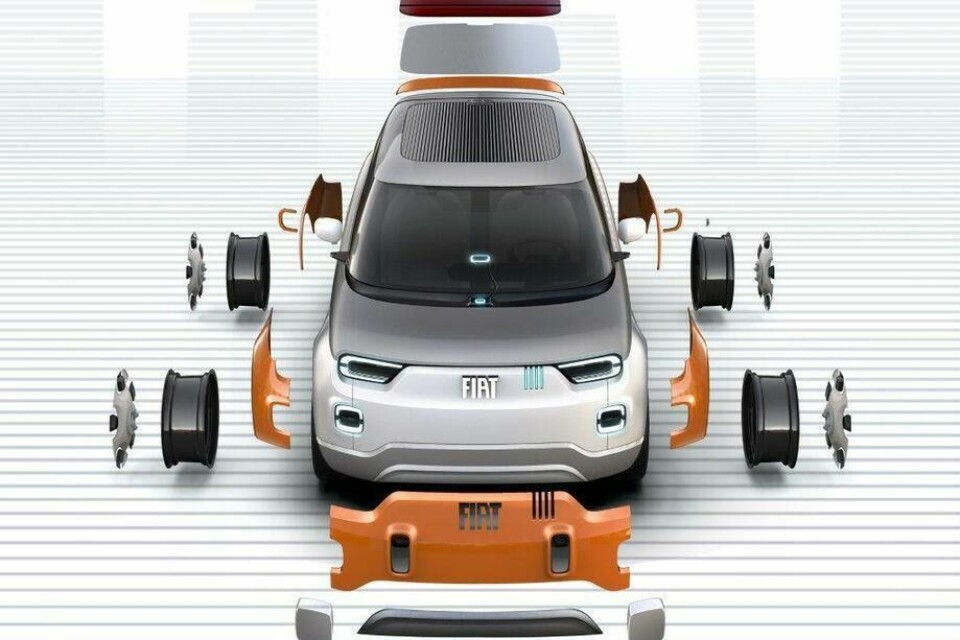
It may seem a crazy idea today, but perhaps one day we’ll think of cars a little more like we do architecture today. Most people are quite happy to live or work in an older building, so long as it has modern conveniences within. We wouldn’t bulldoze our houses because the decor was outdated, or the roof leaking; we’d revamp and repair instead. Maybe tomorrow’s car manufacturers might be just as eager to sell us a software upgrade or else a new, modular, infotainment system or trim package for our old car as they would a whole new vehicle. It’s an interesting thought…
But if that seems radical, then furthering the use of recycled and sustainable materials must be something of a no-brainer for any firm serious about planetary responsibility. Recyclability targets for end-of-life vehicles are nothing new, of course, and recycled materials have been appearing in cars for quite some time now, albeit mostly in unseen areas such as seat padding and sound deadening.
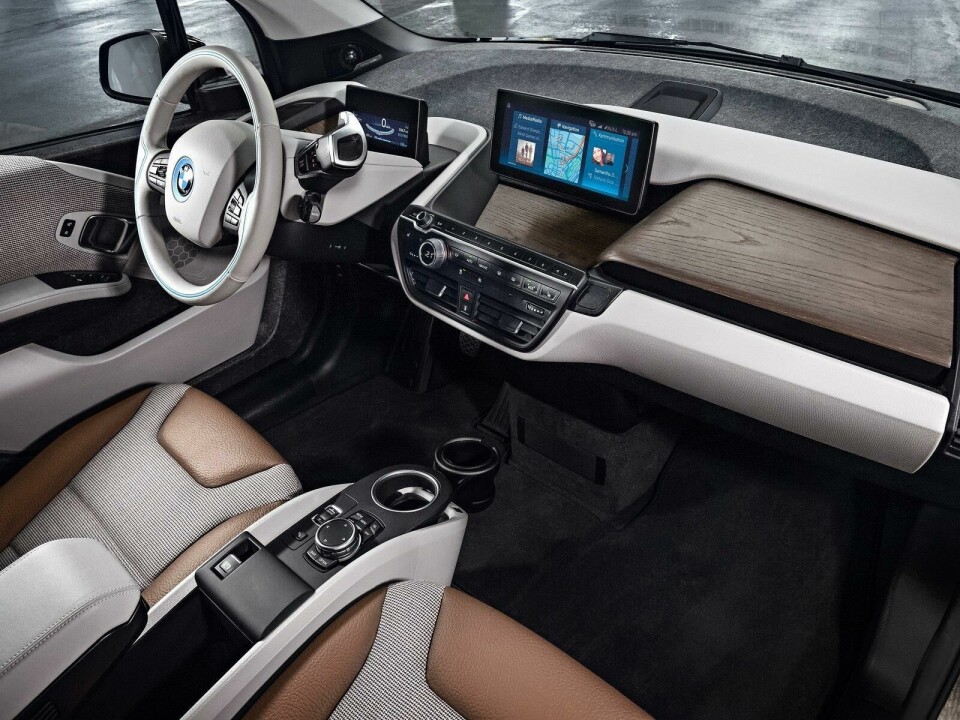
Unfortunately, few seem to have followed BMW’s example in allowing such materials to take centre stage their products. Far from cheapening or detracting from the ambience of BMW’s i3, the car’s kenaf (rather than plastic) and eucalyptus wood interior panels help create a truly unique character and charm – in addition to easing the conscience of owners.
Going further still, might more long-lived, customisable vehicles lend themselves more to the use of reclaimed or upcycled materials and components? Want to make your luxury car stand out from the crowd, how about custom interior trim crafted from reclaimed wood, or seats fashioned from re-used clothing or home upholstery fabrics? With the lounge-esque autonomous concepts, along with upcycled clothing and furniture, being all the rage right now, why not?
But while we can only speculate on exactly how future trends will play out, it’s quite clear that the issues of environmental and social responsibility will only increase in importance over the coming years, with designers playing a key role in ringing change.
We’ve become so accustomed to seeing the car industry take a beating over tailpipe emissions – only to be forced into action by legislation – it’d be incredibly refreshing to see car firms take the lead regarding other environmental and moral issues. What’s more, such a move might just help the car industry to win back favour with the kind of educated millennial buyers flocking to brands like Patagonia and even begin to throw off its planet-killing image.
Are responsible cars the future? Let’s hope so!
